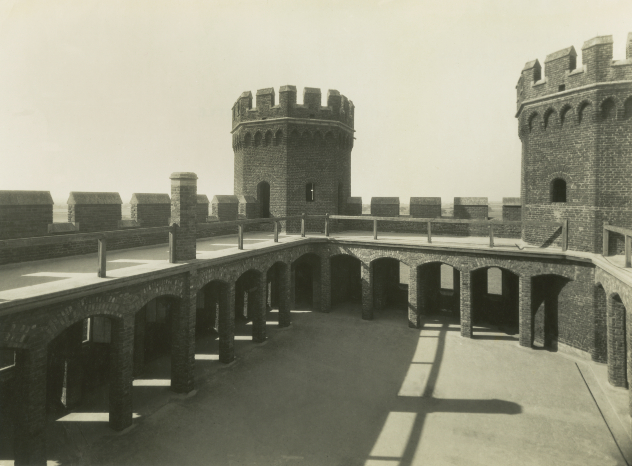Pipkin handle
Category
Archaeological material
Date
c. 1500 - c. 1650
Materials
Glazed red earthenware
Place of origin
England
Order this imageCollection
Tattershall Castle, Lincolnshire
NT 579491
Summary
Hollow handle of a post-medieval pipkin (cooking pot). It has been abraded but is a good example of English glazed red earthenware, possibly from East Anglia or Lincolnshire.
Full description
A pipkin is a cooking pot used for cooking over direct heat from coals or a wood fire. They were not held in direct flame which would crack the ceramic. It has a handle and many (though not all) examples had three feet. Late medieval and post-medieval pipkins had a hollow handle into which a stick might be inserted for manipulation. Pipkins are by far the most common form of cooking ware in the Tattershall assemblage. It is striking that many of the vessels can be compared with published examples from East Anglia. Production of these types of wares is also known at Boston and at other local centres. If the Tattershall glazed earthernwares did originate in East Anglia then it may be that these wares were traded alongside the continental imports arriving at King’s Lynn. This artefact was recovered during an excavation of the castle moat between 1912 and 1914 by William Weir at the bequest of Lord Curzon as part of the site’s restoration works. Around 1,300 objects were found during this excavation and largely date to the medieval and post-medieval periods when the castle was occupied. The collection comprises pottery, ceramic building material, plaster, worked stone, vessel and window glass, metal work and clay pipe.





